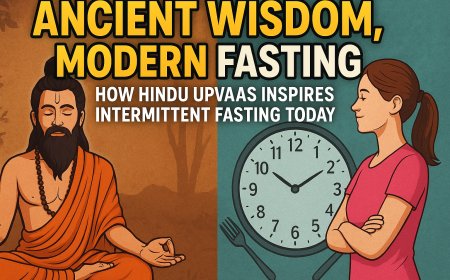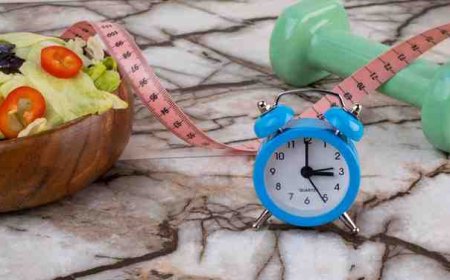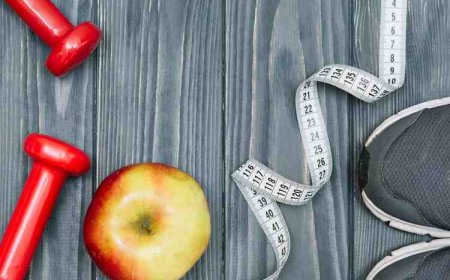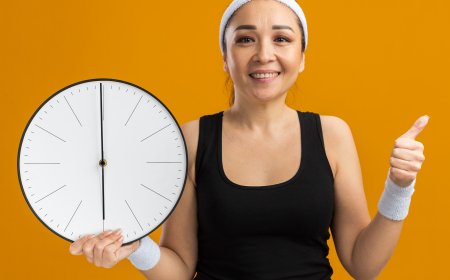OMAD (One Meal A Day) – Benefits, Risks & How to Get Started
Curious about OMAD fasting? Learn how One Meal A Day works, its powerful benefits, possible risks, and step-by-step tips to begin safely. Perfect for experienced fasters.

Introduction
Looking for a powerful way to lose weight, simplify your meals, and feel more energized? OMAD, or One Meal A Day, is a unique intermittent fasting method where you eat just one big meal in a 24-hour period. Sounds extreme? Let’s explore how OMAD works, its potential benefits, and what you need to know before starting.
What Is OMAD?
OMAD stands for "One Meal A Day." It involves fasting for about 23 hours and eating all your daily calories in just one sitting. People usually eat within a 1-hour window, typically in the evening.
It’s a more intense form of time-restricted fasting that may not be for everyone—but for some, it works wonders.
Benefits of OMAD
- Weight Loss: Fewer meals = fewer calories
- Mental Clarity: No meal prep throughout the day = more focus
- Improved Discipline: Helps break emotional eating habits
- Increased Growth Hormone: Fasting longer can boost metabolism
- Saves Time & Money: No snacking, no frequent cooking
Risks & Things to Consider
- OMAD is not ideal for beginners.
- It may lead to fatigue, headaches, or irritability in some people.
- Not suitable for people with diabetes, low blood pressure, or eating disorders.
- May lead to overeating if the one meal is not balanced.
How to Start OMAD Safely
-
Don’t jump straight in—start with 16:8 fasting for a few weeks
-
Pick a consistent meal time (e.g., 6 PM every day)
-
Eat a nutrient-dense meal: include protein, healthy fats, veggies, and carbs
-
Stay hydrated during the fasting window (water, black coffee, tea)
-
Listen to your body and stop if you feel weak or unwell
Final Thoughts
OMAD is a powerful fasting tool—but it's not for everyone. If you’re already experienced with fasting and want to push yourself to the next level, OMAD might be worth trying. Just make sure to focus on balance, nutrition, and listening to your body.































